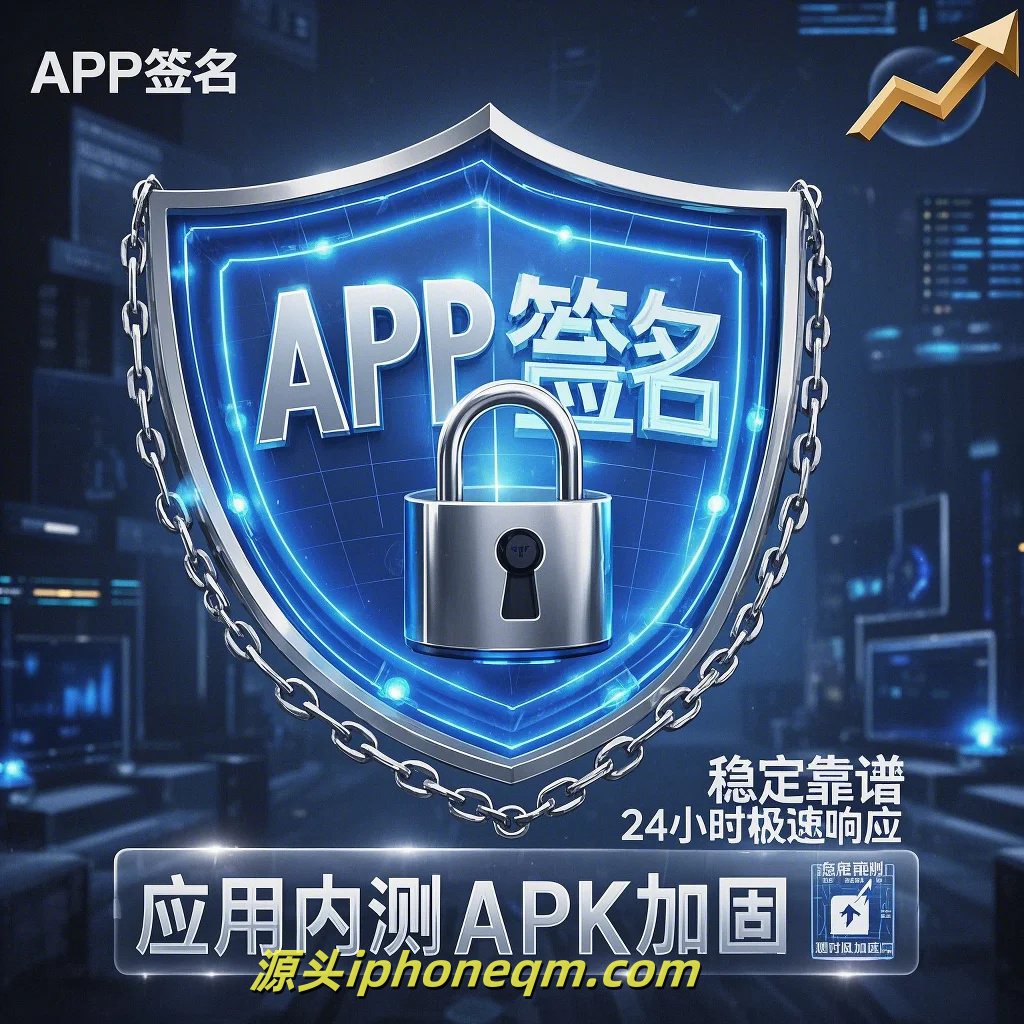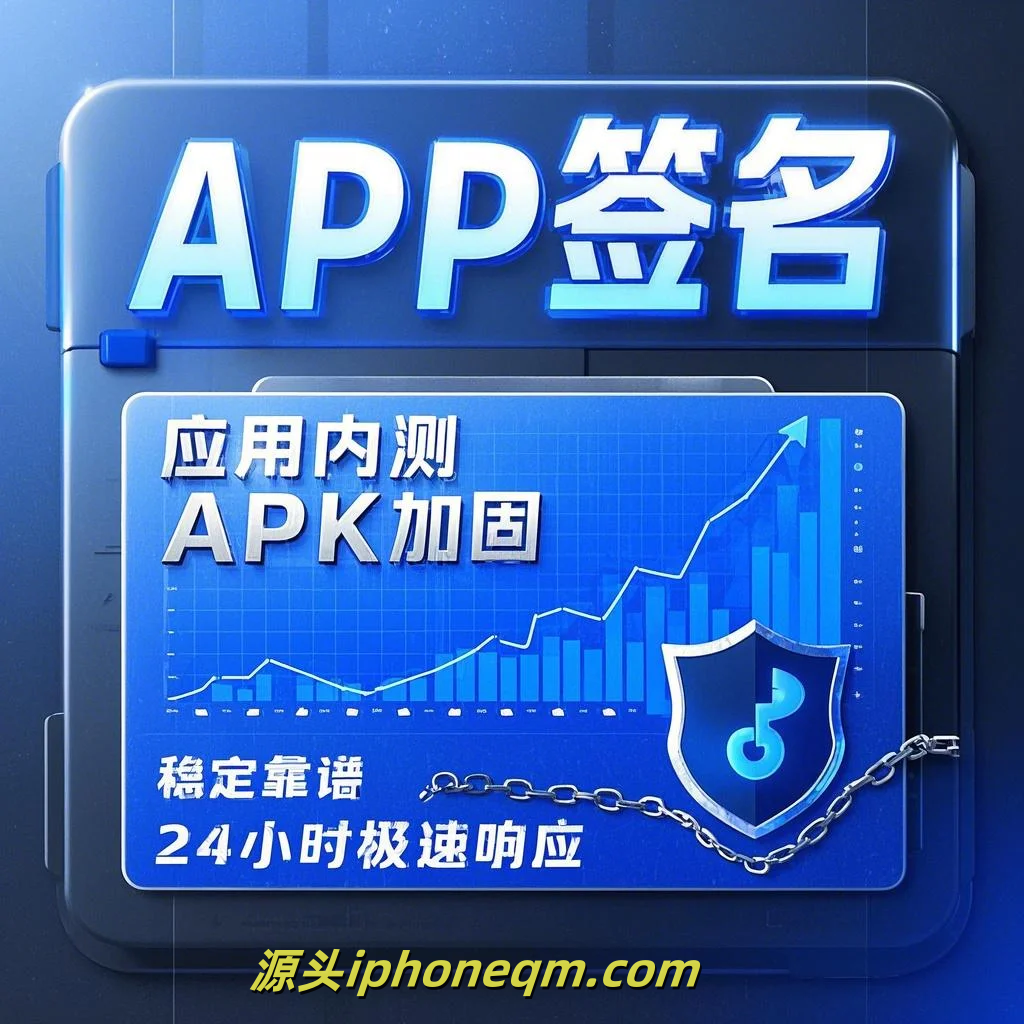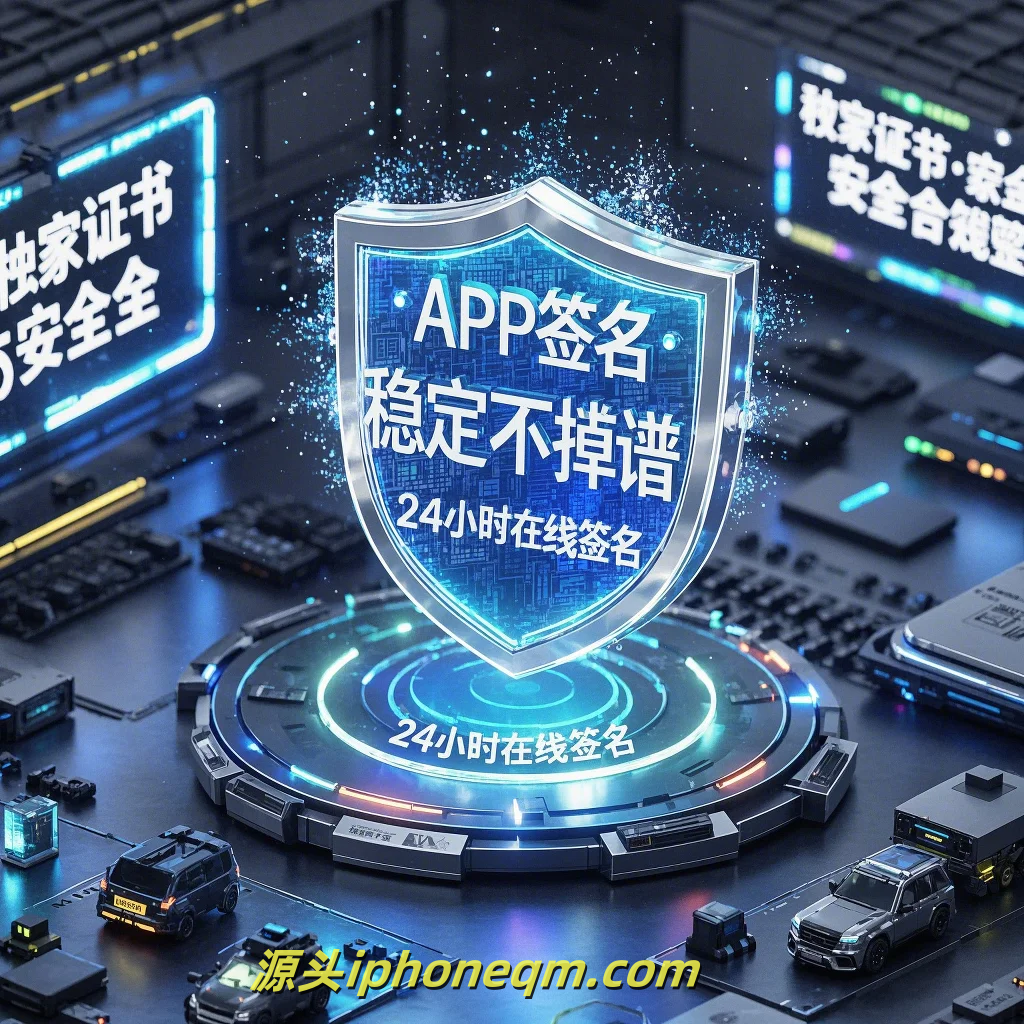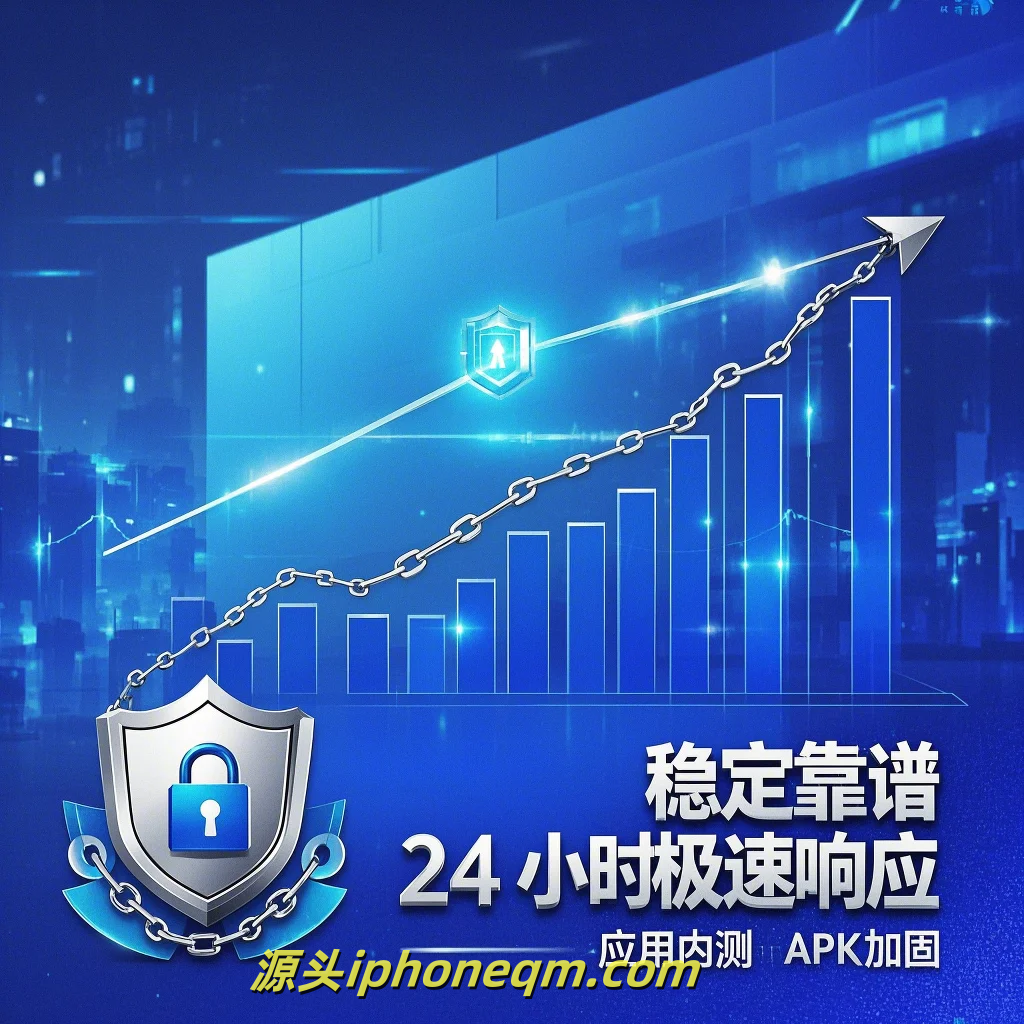The Foundations of iOS Signing Processes for Beginners
In the realm of iOS application development, understanding the signing process is crucial, especially if you're a beginner looking to enter the world of app creation. This article will delve into the fundamentals of iOS signing processes, breaking it down step-by-step to ensure that even those unfamiliar with the concept can grasp its importance.
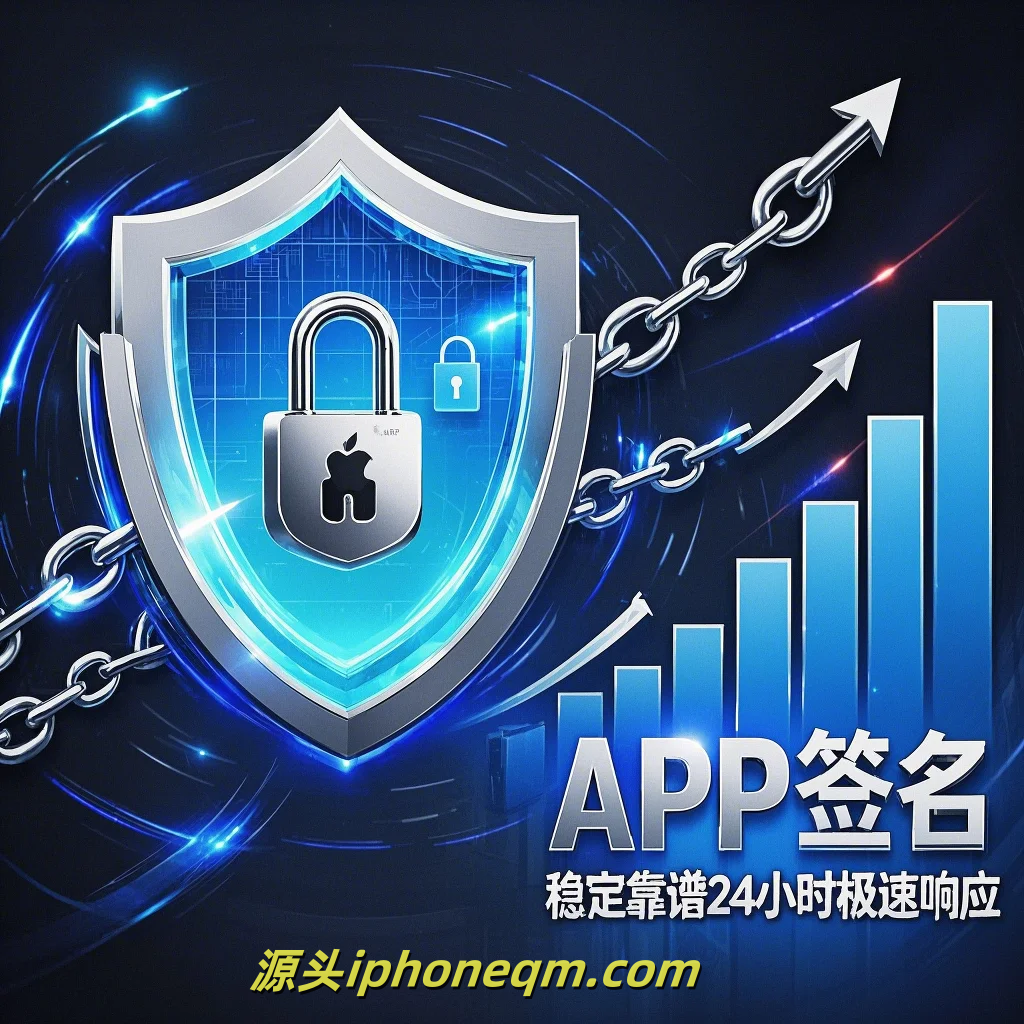
When you develop an iOS app, you can't just launch it into the App Store. Apple requires that every app is signed with a certificate, confirming its legitimacy. This process serves multiple purposes: it secures the app, validates the identity of the developer, and prevents unauthorized modifications. At its core, signing is a safeguard for both the developer and the end-user, reinforcing trust in the app ecosystem.
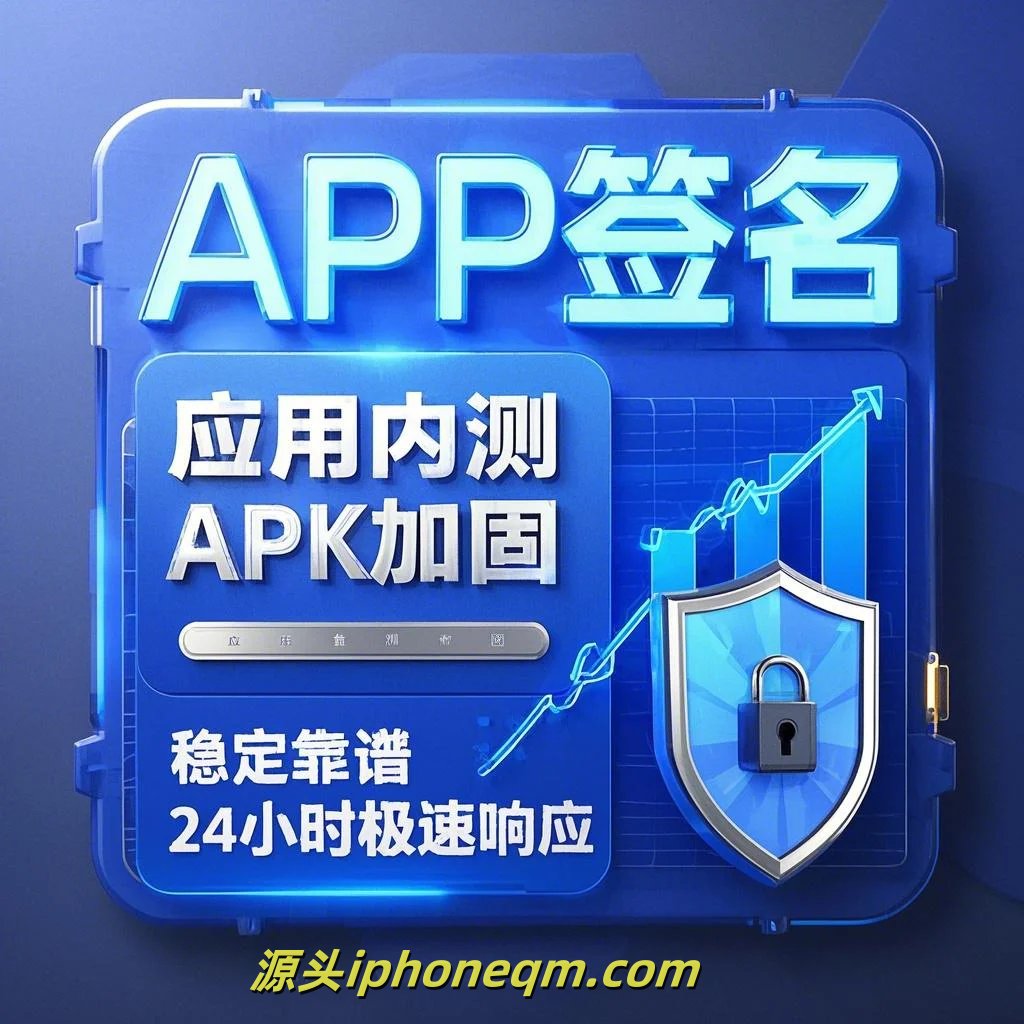
To begin with, let's discuss the types of certificates involved in the signing process. There are primarily two types: development certificates and distribution certificates. A development certificate allows you to run your app on a physical device while testing. Conversely, a distribution certificate is required when you are ready to publish your app to the App Store or distribute it through other means, like TestFlight.
Next, you must understand provisioning profiles, which are necessary for the signing process to function correctly. A provisioning profile links your app to the certificates and the specific devices you want to test or distribute it on. Essentially, it acts as a permission slip, allowing your app to run on designated devices. There are two main types of provisioning profiles: development provisioning profiles and distribution provisioning profiles. Each serves its specific purpose, just like the certificates they accompany.
The signing process begins in Xcode, Apple's integrated development environment (IDE) for macOS. As a developer, you'll need to set up your Apple Developer account, which unlocks access to create the necessary certificates and provisioning profiles. Once logged into your account, you can navigate to the Certificates, Identifiers & Profiles section, where you can create your development and distribution certificates.
After obtaining your certificates and provisioning profiles, the next step is to configure your Xcode project. This involves navigating to the project settings and selecting the appropriate team and signing certificates. Xcode makes this process relatively user-friendly by providing automatic signing options, helping you avoid common pitfalls.
When you build your project in Xcode, the signing happens behind the scenes. If everything is set up correctly, Xcode will package your app with the appropriate certificate and provisioning profile, successfully preparing it for deployment or submission to the App Store.
One essential thing to remember is that certificates and provisioning profiles have expiration dates. Regularly checking and renewing these will prevent interruptions in your development workflow and ensure that your app remains valid for testing and distribution.
In conclusion, while the iOS signing process may seem daunting to beginners, breaking it down into manageable parts can demystify the concept. Understanding the roles of certificates, provisioning profiles, and Xcode's configurations are fundamental steps towards successfully developing and distributing your iOS applications. With these foundations in place, beginners will be well on their way to becoming proficient iOS developers, ready to share their innovative ideas with the world.
扫描二维码推送至手机访问。
版权声明:本文由MDM苹果签名,IPA签名,苹果企业签名,苹果超级签,ios企业签名,iphoneqm.com发布,如需转载请注明出处。


